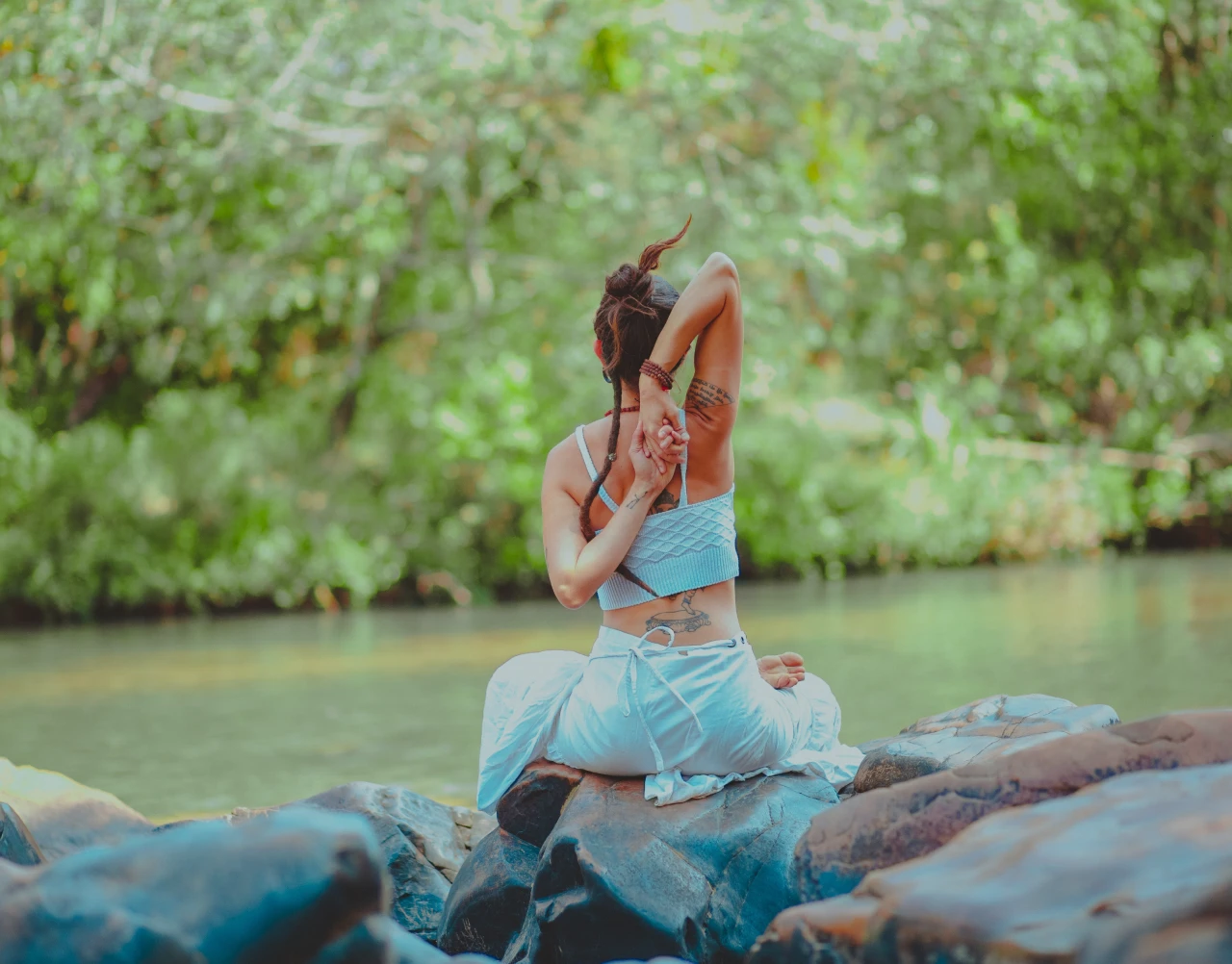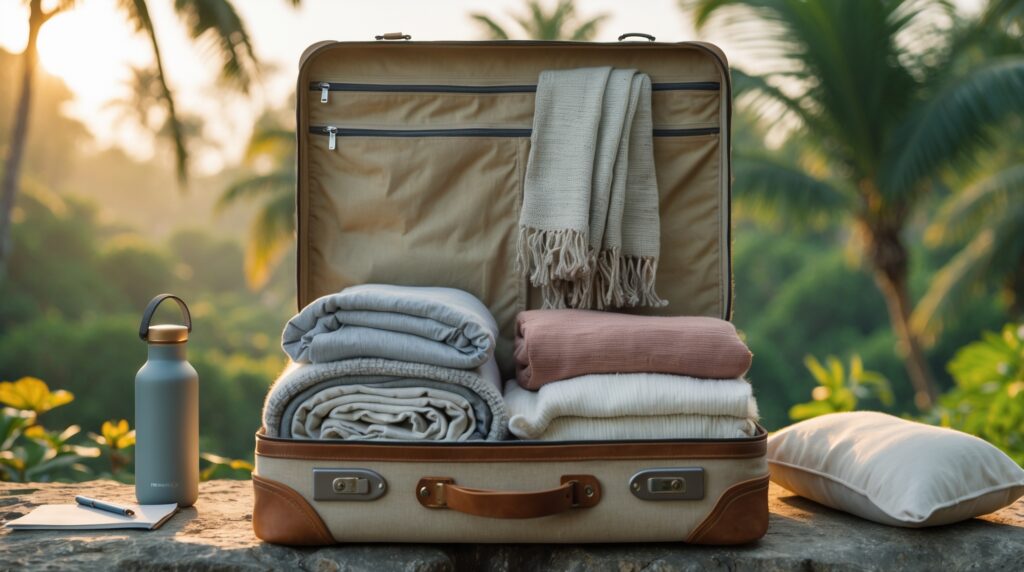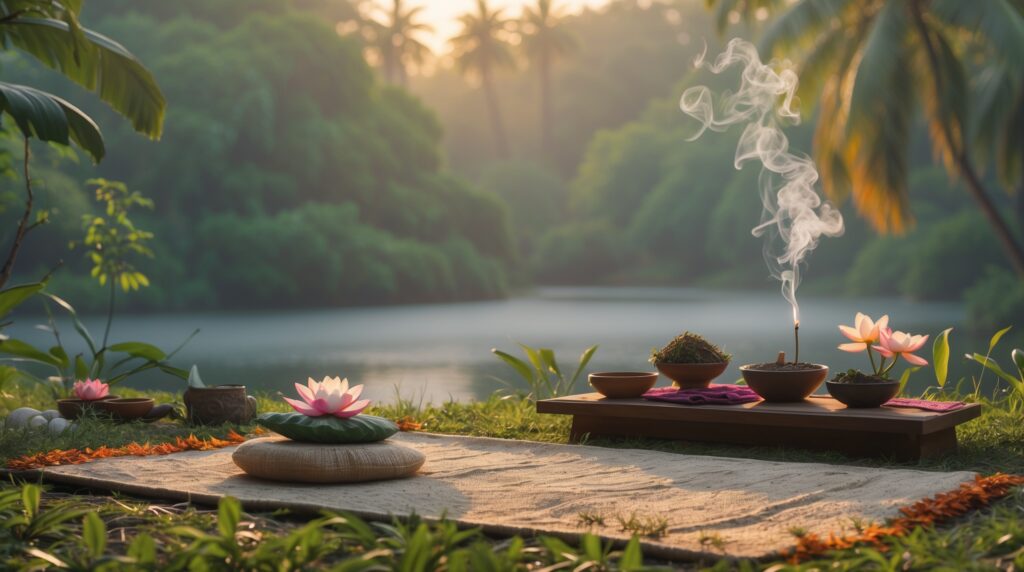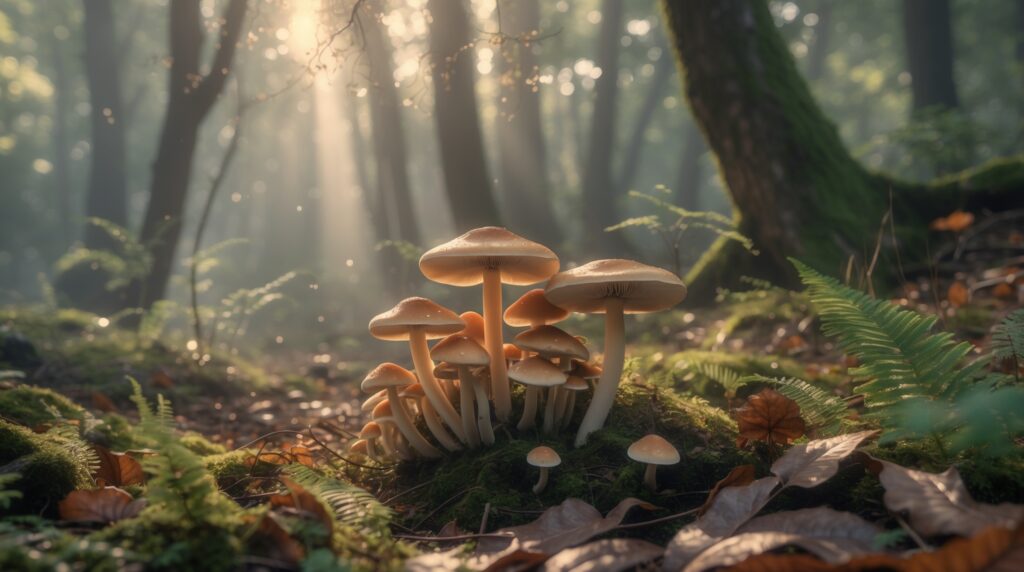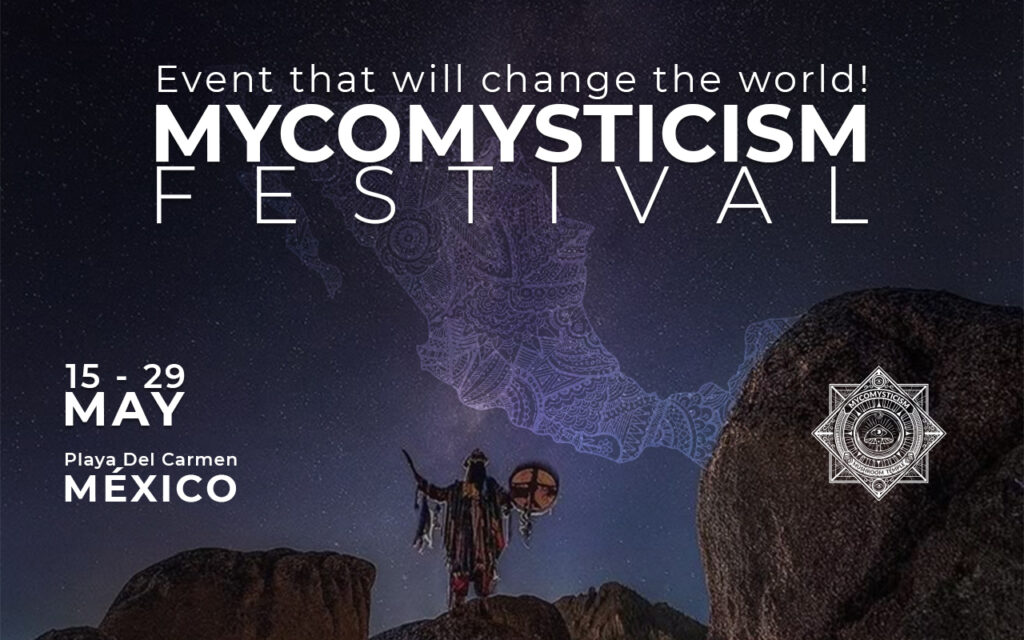Top 12 Countries for a Transcendental Yoga Retreat
It’s time.
You feel the call to go on an Ayahuasca retreat.
You’ve done the research, searched YouTube to listen to Terrence McKenna videos, watched a few documentaries, and you feel somewhat prepared… enough to know that there’s more to know!
After all, you want to be sure you choose an authentic shamanic Ayahuasca retreat that guides you safely and with kindness through a process that could be one of the most transformative of your life.
This decision requires careful consideration, so we’ve laid out a comprehensive explanation of the factors you should weigh when choosing an ayahuasca retreat for the first time.
From location to style, additional plant medicines and fellow retreat participants, it will all impact your ayahuasca experience. So let’s take a look.
First: What is an Ayahuasca Retreat?
Traditionally, Ayahuasca ceremonies would be held in a village where the community gathers in a maloca, in someone’s home, or in a ceremonial center of some sort—it depends on the tradition and the location.
But recently, plant medicine work has become a draw for Western seekers of spirituality.
Traveler-focused ayahuasca retreat centers have opened all around the world and are equipped with lodging that can range from basic tambos, to luxury accommodation with the amenities of a five star hotel.
Retreat centers vary widely in their offerings, but you can expect to share meals (and often a room) with other retreat participants and have the ceremonial space on site.
The structure of each retreat will also vary significantly depending on the intention, duration, and the lineage held, (more on that later). In general, the retreat is intended to be in a safe, well-held space for attendees to meet the sacred ayahuasca vine in service of healing.
Far more than a hallucinogenic experience or “trip» shamanic work is an invitation into elevated states of consciousness and a connection to something greater than the everyday human experience.
Some retreats last only a couple of days, and others are a full month or even longer. Some centers may choose to work only with Ayahuasca, and other retreats include additional «companion» plant medicines such as Bobinsana or Noya Rao (the Tree of Light) or with other hallucinogenics such as San Pedro (Huachuma, a type of mescaline from a prolific cactus) or Kambo (medicine milked from a jungle frog).
Again, it all depends on your intention for how you choose to work with the master plants and other natural medicines.
Choosing the Right Ayahuasca Retreat For You
Everyone comes to the Ayahuasca experience with their own unique intention. Whether you trek into the Amazon rainforest of South America to work with a Shipibo shaman, travel to the Peruvian urban center of Cusco, or find an underground retreat in the United States, you can choose from a wide array of styles for each ceremony.
In traditional Peruvian ceremonies, for example, the singing of Icaros, sacred traditional songs, plays a central role in the ceremony. You’ll be highly recommended or even required to adopt a traditional, minimalist Ayahuasca diet while you’re on retreat.
For longer more restrictive retreats, called a dieta, the types of food permitted often depend on the companion plants. Bland food with little or no spices, not even salt, and water are the only thing on the menu in some cases, to prepare the body to work with the medicine. Attendees are usually given chairs or mattresses and stay seated or prone for the duration of the all-night ceremony. The Ayahuasca brew does its work and the shamans and facilitators are there to support your healing.
In some South American centers where the Ayahuasca vine is legal, medicinal plant retreats are paired with complementary practices like yoga, meditation, breathwork, or other personal growth practices to help guide the experience. The effects of Ayahuasca can heighten the feeling of connection with the heart and to the earth, so pairing these experiences can create a more expansive healing journey by helping integrate introspection with outward activity.
For those in search of a more internal experience, some Ayahuasca retreat centers augment the effects of the experience through silence and isolation between ceremonies. Your solitude may include shamanic healing practices such as flower baths, private consultations with healers, and other tools to support your healing journey. Participants are cared for with great attention to ensure a safe environment and this type of retreat often require a longer time commitment.
If you’re looking less for a retreat and more for a one-day ayahuasca experience, they’re available in many parts of the world but require a little more research to find a quality experience, safe environment, and skilled facilitator that will provide guidance for integration of your ceremony.
Although the intentions may be good, not all plant medicine ceremonies are equal and not all facilitators are truly equipped to work with the subtle energies of managing a group in ceremony.
But if you do find a healing center that offers one-day retreats, you’ll likely find yourself sitting or lying in a group while the facilitator sings or plays music, blesses the space with sacred plants such as sage or palo santo, and holds the space in the style of the lineage they have studied.
Find the perfect retreat for you
